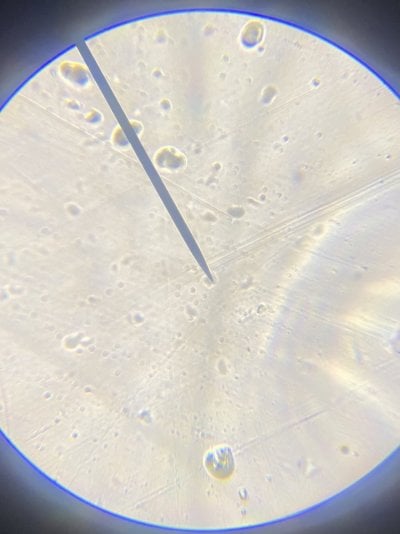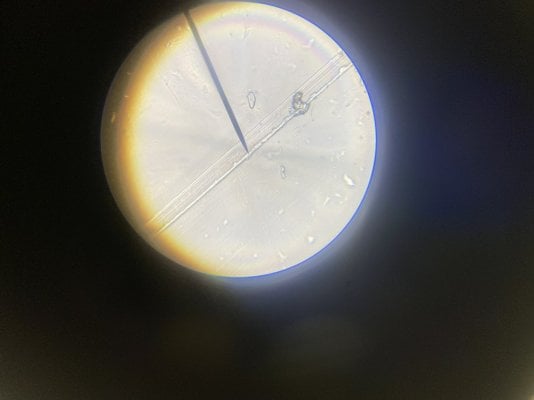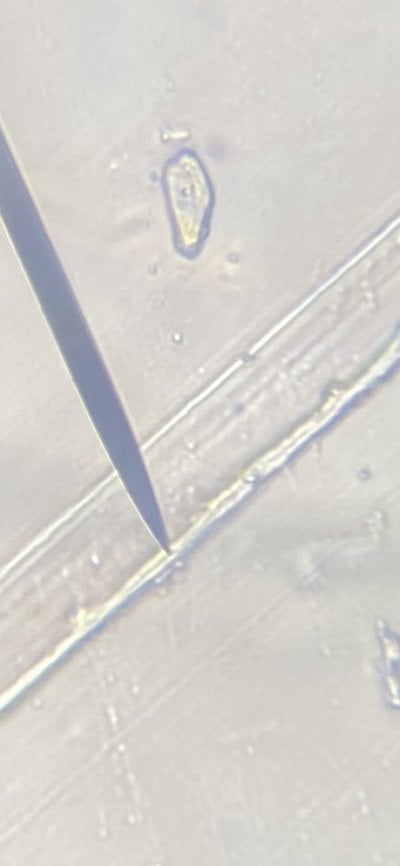The rubble is just to add some microorganism diversity. If you started with live rock, it isn't all that important. But if it was a dead rock start there is some intermediate term value in this.Is the rubble for silica? It would be a huge pain, but since it is only a 13 gal tank, if it seems likely that I will be dealing with LC, I might take out the rock and dip it with 50% h2o2 (I have almost all softies) and put that in a qt tank, wash the sand and tank in rodi and reassemble. I could even rinse the bio media in fresh water and add bottled bacteria. I don't have any fish right now, so I'm not too concerned about biological filtration. How does that sound? I realize any competitors would be gone too. Also, what if I only get 98% of it? Is it one of those things where it will come back right away?
With LC amphids, it is less about killing/removal and more about fostering some competition.
























